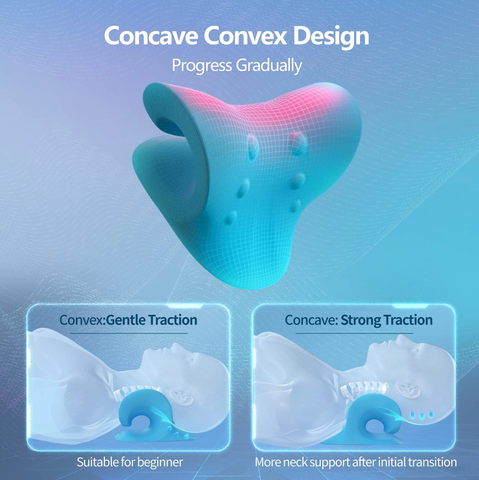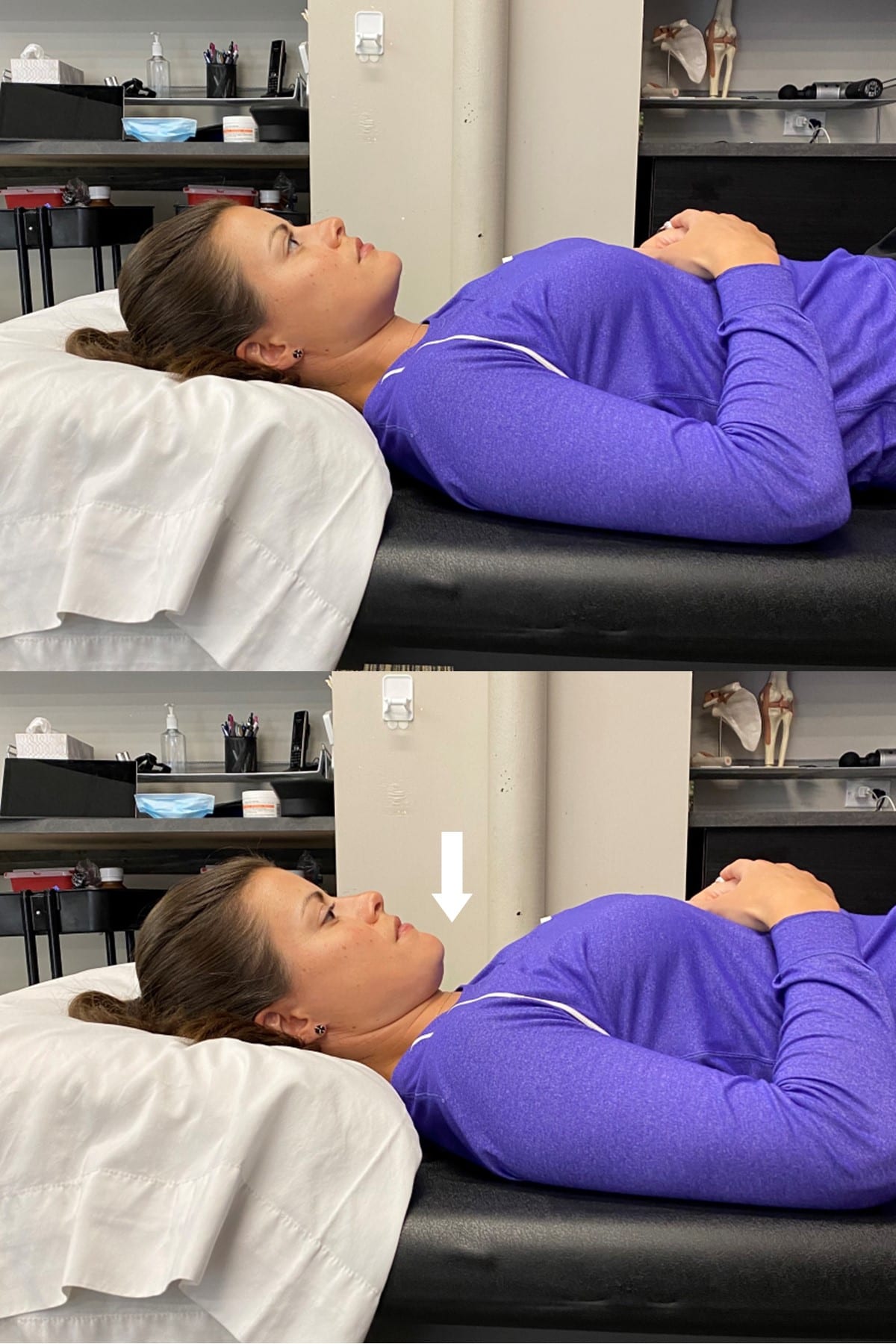

But if your ailment is chronic tension headaches, focus on trigger points, which can be found in a few pressure point areas. You might experience lots of tender points if you have fibromyalgia. A physical therapist usually treats tender points with a therapy called strain/counterstrain, wherein the tense tissue is contracted and relaxed manually to release tension and relieve pain. Tender points are painful to the touch but aren’t knots.

While both result from nearby strained muscles, a tender point does not refer pain the same way a trigger point does.

If you’ve frequented a physical therapy clinic, you might be familiar with the term “ tender points” and wonder if it’s the same as a trigger point. Massaging these trigger points can have a domino effect on the radiating pain you feel in your head, behind your eyes, and even throughout your arms and fingers. The good news is that, although pressure points are hubs for pain, they are also avenues for relief.

Although poor posture is the probable cause, you’re more likely to hunch when you’re in pain, further compounding the problem and prolonging your headache! Releasing Pressure Points for Headache Relief You develop a stiff trigger point in your upper trapezius and a dull tension headache at the base of your skull.Ĭhances are that your posture, the knot in your shoulder, and your headache are all related. Let’s say the culprit is your neck muscles: they’re over-lengthened from sustaining forward head posture all day. Trigger points both give and take – they receive tension from sites of overuse and refer pain to nearby regions. Instead, this knot more likely indicates overworked or “over-lengthened” neck muscles. For instance, a bad knot in your upper trapezius (near the top of the shoulder) might make you think your shoulder muscles are strained. But trigger points are usually an indication that a nearby muscle group is overloaded. Pressing on these trigger points is sometimes painful, and you may think that the muscle itself is under strain. When a muscle group is overworked, tension builds up and forms “trigger points” – areas of knotted myofascial tissue. Pressure Points and Headache Pain: Introducing Trigger PointsĪ pressure point is sensitive to pain and touch, and serves as a hub of tension in the body. After all, every part of your body is connected – including those knobby knots in your shoulders! So if you’re trying to relieve pain in your head, widen your focus to other regions of the body as well. It might seem far-fetched, but it’s true that massaging one part of the body can release tension in another part of the body. In reflexology, these pressure points are often depicted in intricate hand maps, but in physical therapy, pressure points appear all over the body and help inform clinical massage. Pressure points indicate areas in the body which, when manipulated, cause pain or promote healing in other parts of the body. I’ll also include some stretches you can do to relieve tension headaches as part of your daily routine. Let’s explore what those pressure points for headaches are, and how they work. One way to release a headache is through pressure point or trigger point massage. A tension headache is a common side effect of the “daily grind,” but getting rid of one isn’t easy.


 0 kommentar(er)
0 kommentar(er)
